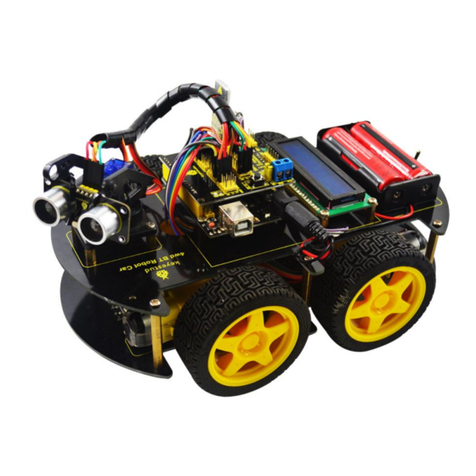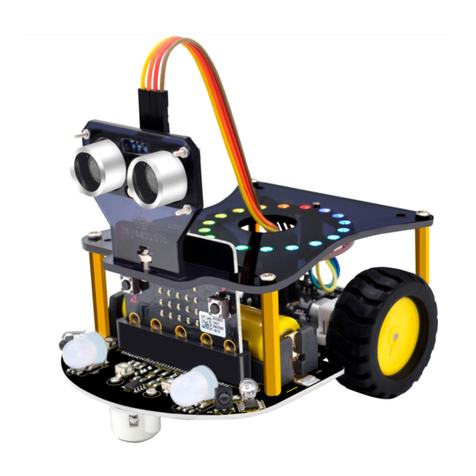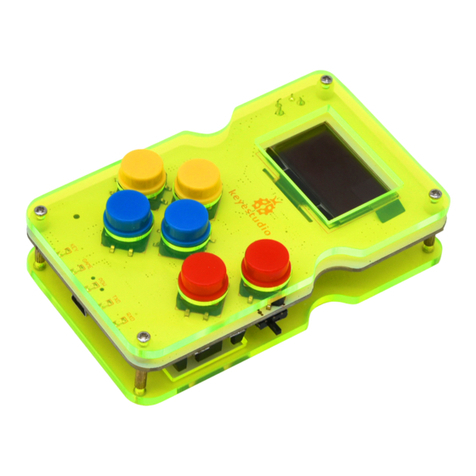keyestudio
www.keyestudio.cc
Catalog
1. Introduction..................................................................................................................................... 1
2. Component list................................................................................................................................ 9
3. Project list......................................................................................................................................16
4. Project details................................................................................................................................ 17
Project 1: Hello World...............................................................................................................17
Project 2: LED blinking............................................................................................................ 20
Project 3: PWM.........................................................................................................................22
Project 4: Traffic light............................................................................................................... 27
Project 5: LED chasing effect................................................................................................... 30
Project 6: Button-controlled LED.............................................................................................33
Project 7: Responder experiment.............................................................................................. 36
Project 8: Active buzzer............................................................................................................ 40
Project 9: Passive buzzer...........................................................................................................43
Project 10: RGB LED............................................................................................................... 46
Project 11: Analog value reading.............................................................................................. 50
Project 12: Photo resistor.......................................................................................................... 54
Project 13: Flame sensor........................................................................................................... 57
Project 14: Analog temperature (thermistor)............................................................................ 62
Project 15: LM35 temperature sensor.......................................................................................67
Project 16: Temperature-controlled cup....................................................................................71
Project 17: DHT11 Temperature and Humidity Sensor............................................................74
Project 18: Tilt switch............................................................................................................... 79
Project 19: Magical Light Cup..................................................................................................82
Project 20: Vibration switch......................................................................................................85
Project 21: Sound-control light.................................................................................................88
Project 22: Voltmeter.................................................................................................................95
Project 23: 74HC595.................................................................................................................97
Project 24: 1-digit LED segment display................................................................................100
Project 25: 4-digit LED segment display................................................................................107
Project 26: 8*8 LED matrix....................................................................................................116
Project 27: 1602 LCD............................................................................................................. 120
Project 28: 9g servo control.................................................................................................... 131
Project 29: Rotary Encoder.....................................................................................................136
Project 30: 5V relay................................................................................................................ 140
Project 31: DS1302 clock....................................................................................................... 145
Project 32: Mos tube driving motor........................................................................................150
Project 33: 4N35..................................................................................................................... 152
Project 34: NE555 Timer........................................................................................................ 156






























